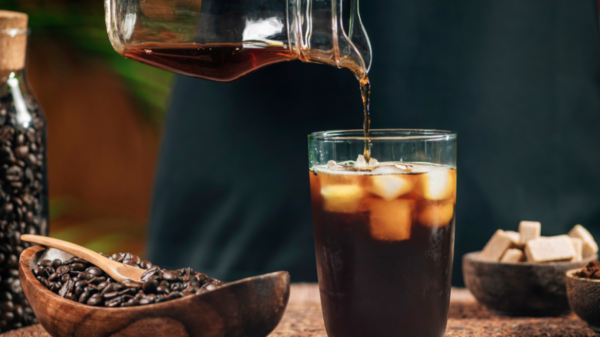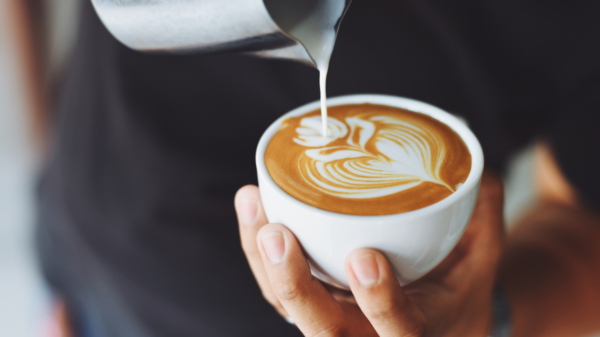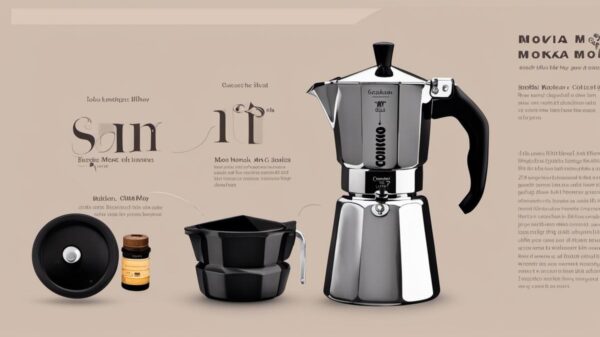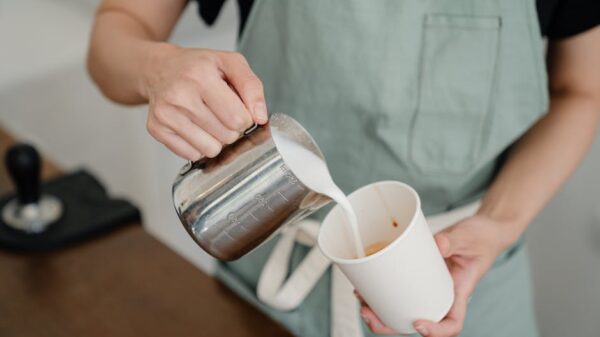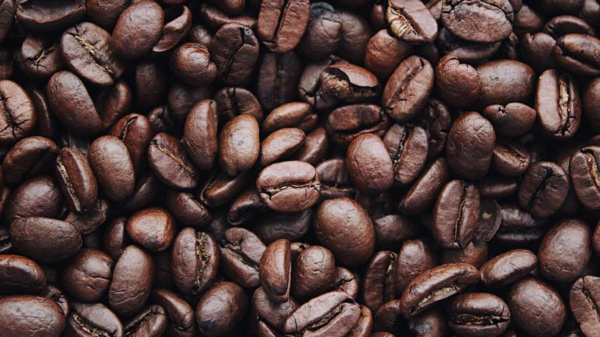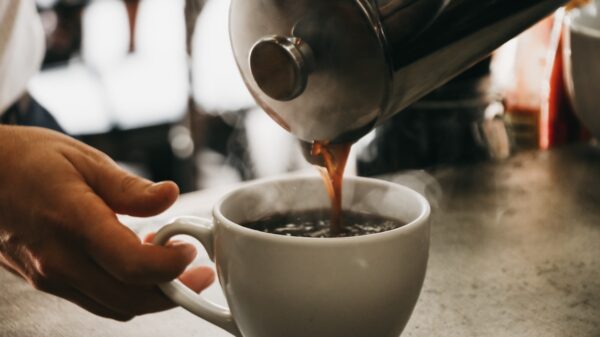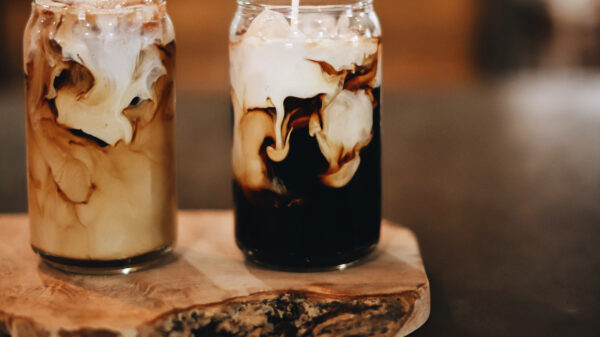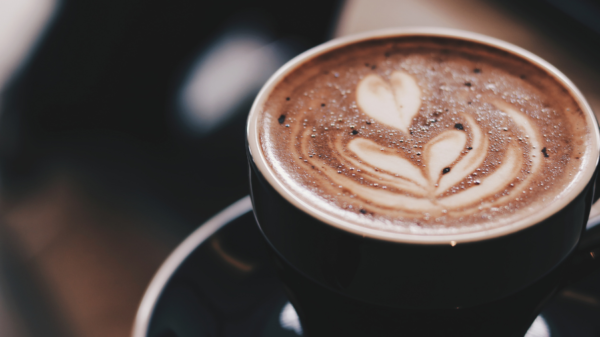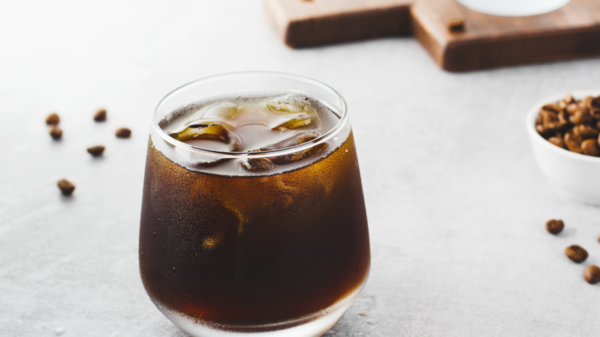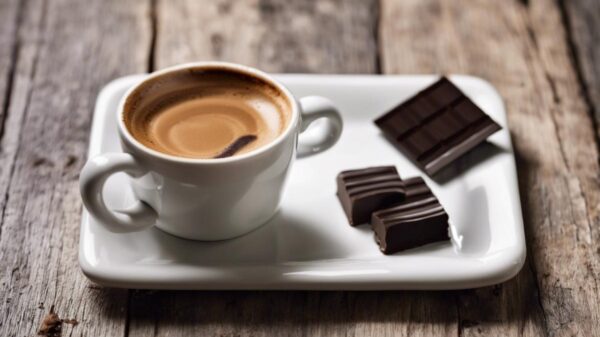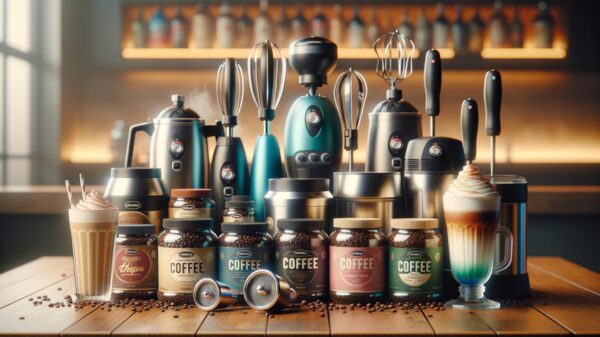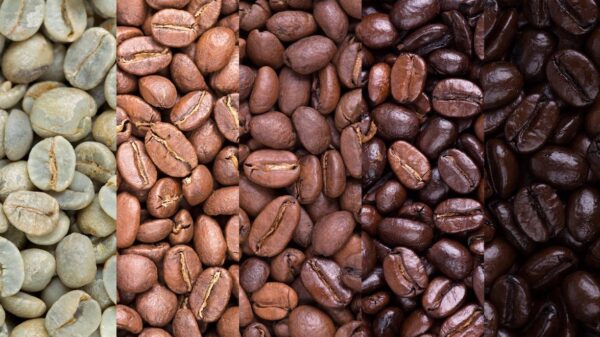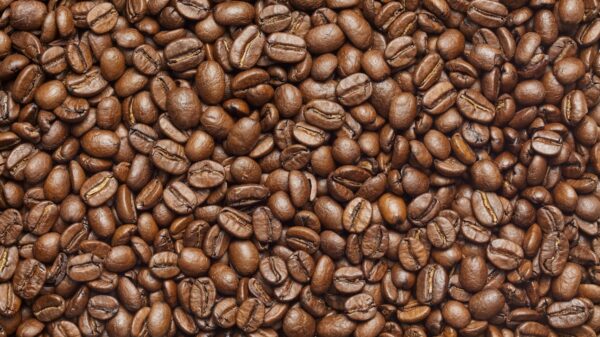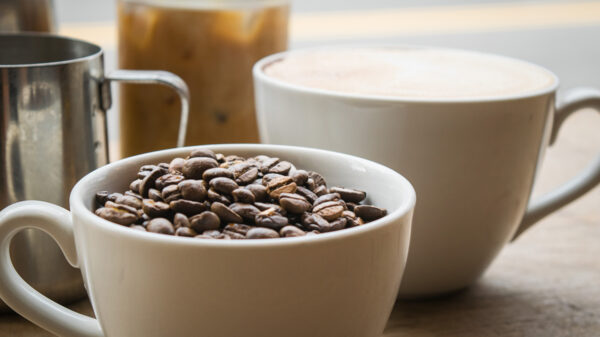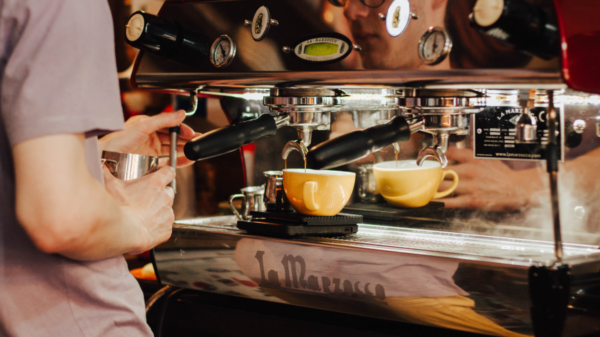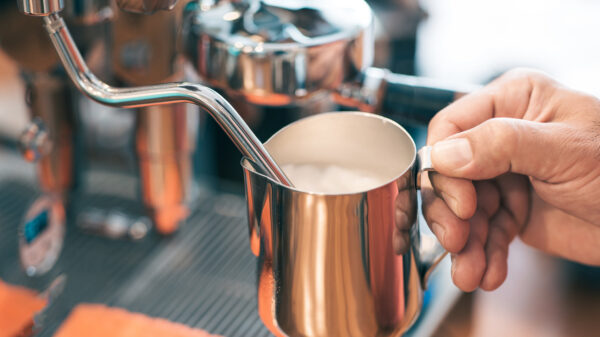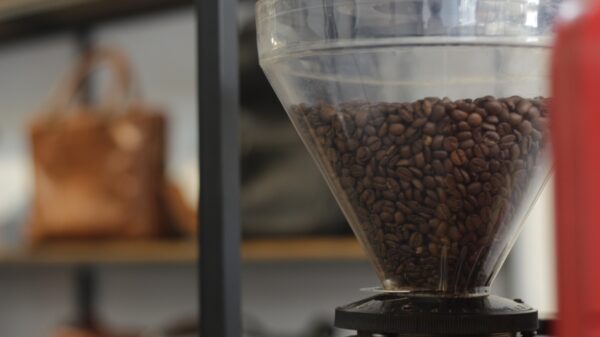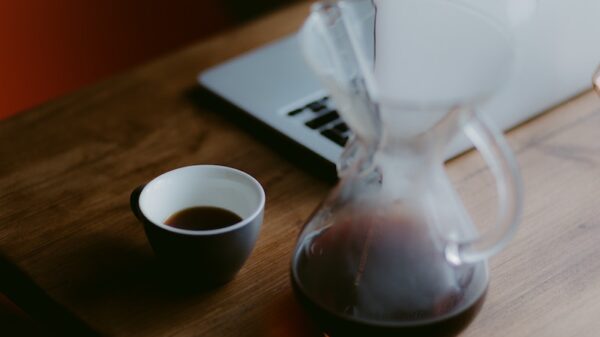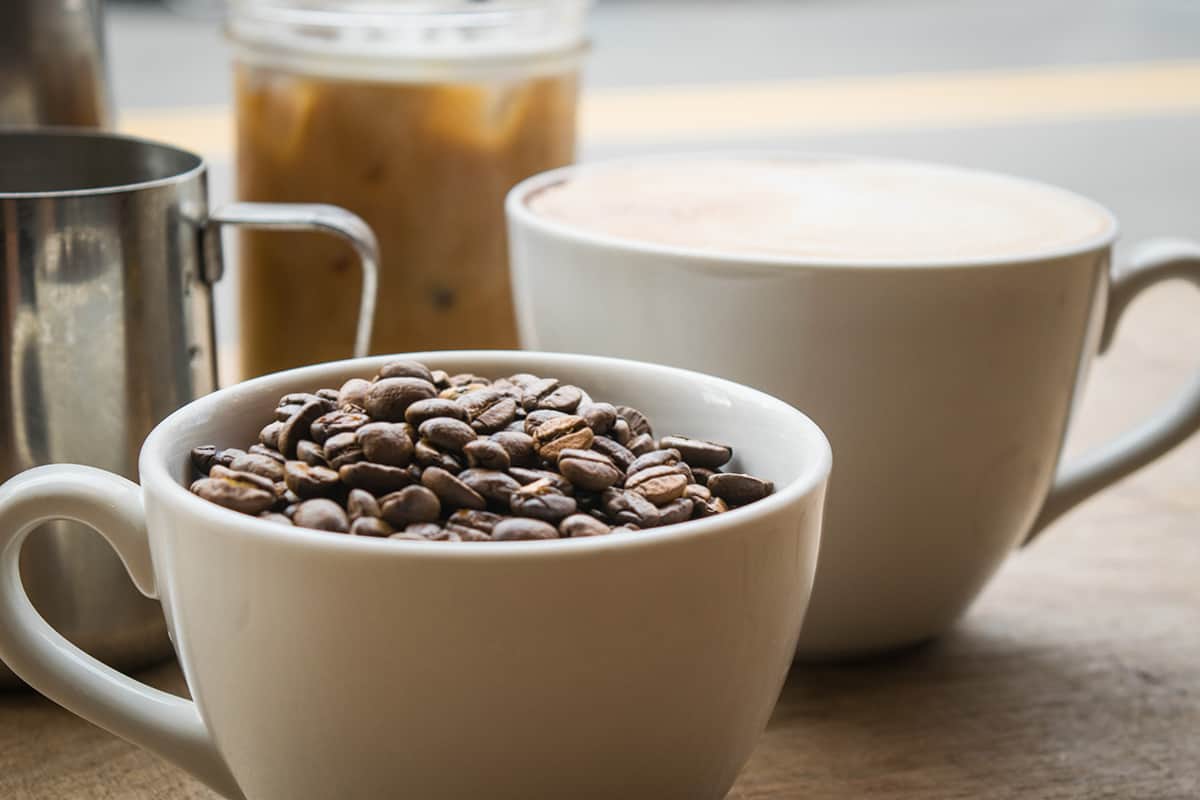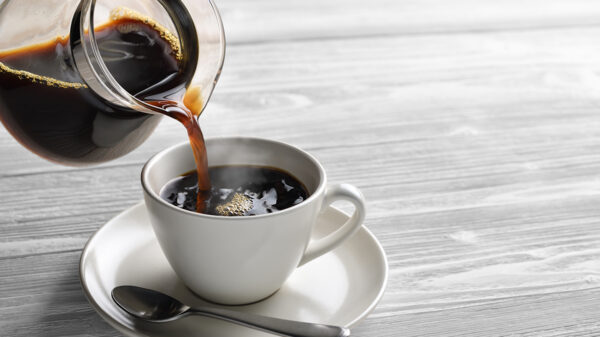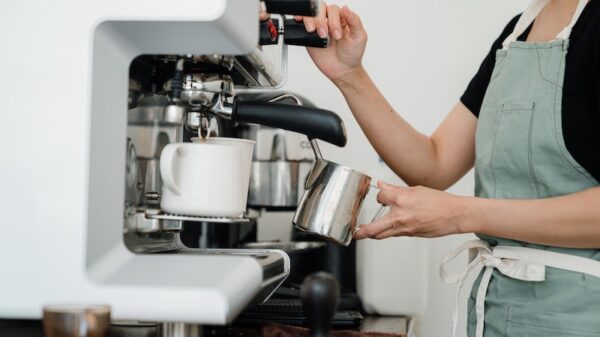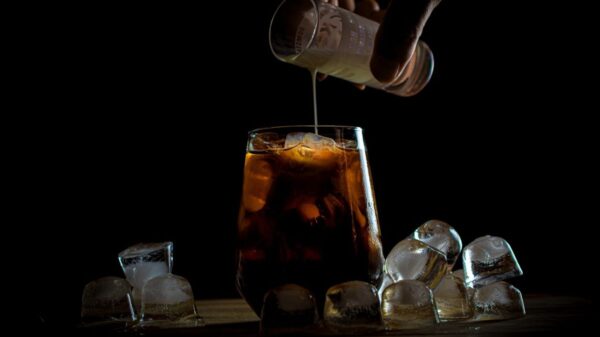Top Coffee Facts for Every Coffee Lover
An average of 3.1 cups of coffee is consumed per day by people in the U.S. Not only do people enjoy the benefits of caffeine, but they also generally like the flavor. For people like me, coffee is also an opportunity for me to gather and chat with friends. It’s made for great first-date meet-ups and has gotten me through many long nights of studying.
Yet for something that I have consumed so much of, I know relatively little about coffee. And if you’re reading this article then chances are- you don’t either. Not that it’s a bad thing to only know the very basics, however, there are a plethora of fascinating things to learn about coffee!
Today, I’ll be sharing just a handful of them with you. So as a tribute to this wonderful drink- here are 10 interesting coffee facts you might not know:
- The first modern-day coffee house opened in Constantinople, Turkey in 1475.
- Only two countries produce most of the world’s coffee: Brazil and Vietnam.
- Not all coffee beans are created equally. The highest quality of beans comes from the island country of Jamaica and specifically, the Blue Mountain region.
- Coffee was banned at least two times throughout history.
- In most cases, coffee is more beneficial to consume than harmful.
- Coffee can be used as a natural dye.
- The term “cup of joe” is common slang for a cup of coffee, the term was popularized in the United States during World War II.
- A derivative of coffee beans called caffeine can be found naturally occurring in certain plants and seeds such as cacao and tea leaves.
- The average cup of coffee takes between 5-10 minutes to brew depending on the method used.
- The United States is the world’s largest consumer of coffee.
How many facts on this list did you already know? Did any surprise you? If so, let’s talk more about some of these facts in this article! Before you know it, you’ll be an expert and can impress your friends on your next coffee date.
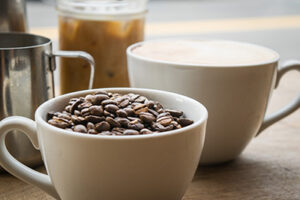
The Origins Of Coffee
Coffee is believed to have originated in the popular coffee-growing regions of Africa or Asia, but because its discovery was never documented it’s difficult to pinpoint its exact origins.
However, what is known, is that coffee has been enjoyed by many civilizations for centuries. Coffee beans were used as a food source and as a stimulant throughout much of ancient history.
A popular legend surrounding coffee discovers that a young goat herder noticed his goats become energetic after eating coffee berries, which lead him to experiment with the seeds.
This story may be apocryphal, but regardless – it’s important to note that the first modern-day coffee house opened in Constantinople, Turkey in 1475.
The popularity of coffee houses spread quickly throughout the Ottoman Empire and soon made its way to Europe. They were often used as social hubs- bringing people together to talk about art, music, or politics.
The Largest Producers Of Coffee
You drink it all the time, but do you know where it comes from? Two countries produce the majority of coffee in the world: Brazil and Vietnam. Together, they produce a combined one-third of all coffee in the world.
In 2017, Brazil produced over 3/4 billion pounds of coffee! As a result, it’s still a market leader in coffee production. However, coffee does not just come from Brazil or Vietnam. There are about 70 different countries that produce coffee around the world.
Here is what the typical supply chain of coffee looks like:
- Coffee beans are cultivated by local farmers.
- The beans are then purchased from the farm.
- Coffee is roasted at a nearby facility.
- The coffee is then packaged and shipped to distributors.
- Distribution companies sell the coffee to various buyers.
- Finally, coffee can be purchased at a cafe or grocery store.
High-Quality Beans
The highest quality of beans comes from the island country of Jamaica and specifically, the Blue Mountain region. Coffee grown in this area is prized for its mild flavor, smooth taste, and lack of bitterness.
It’s also rare – only 2% of all Jamaican coffee falls into this category! As a result, these beans are quite expensive and can cost as much as $80 per pound or more! In most cases, it’s also pretty difficult to find – only 5% of the coffee produced in Jamaica is Blue Mountain.
It’s also important to note that while there are many types of beans, only two are widely traded: Arabica and Robusta.
Other high-quality beans include Bourbon, Typica, and Excelsa. These beans do not make up for the majority of all coffee produced though; instead, they are small specialty batches.
Banning Coffee
Sounds a little unbelievable right? Well, it’s true and it happened twice in the past! The first time was in Mecca when coffee beans were deemed “the Devil’s drink”“. Coffee houses were banned and anyone caught with coffee would be punished by law.
The most recent ban occurred in 2014 when the Prime Minister of Turkey Tayyip Erdogan made headlines for declaring that he wanted to ban the drink. He compared the effects of people slowing down their thinking process with that of alcohol and said it was damaging Turkey’s national identity.
Despite his best efforts, however, Erdogan has not been successful in banning coffee!
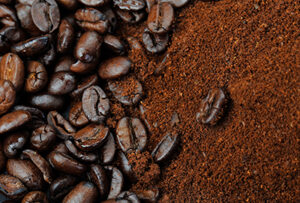
Coffee – A Healthy Habit
While there has been much debate about whether or not coffee is healthy – studies show that moderate consumption of coffee, around 3 cups a day, may have some health benefits. While it can be addictive and even create a dependency in some people, drinking coffee in moderation is correlated with several health benefits including:
- Improved mood
- Increased energy levels
- Lower risk of developing cancer and other diseases
- Decreased risk for depression and dementia
- Increased athletic performance
- Improved memory
Coffee is also the number one source of antioxidants in the world, giving it an impressive ORAC score of 17,500 per ounce. That’s over twice as much antioxidant activity as what you’ll find in blueberries!
As with just about anything though – moderation is key. Too much caffeine can lead to jitters, anxiety, high blood pressure, and an irregular heartbeat.
To Dye Or Not To Dye
While some people enjoy drinking coffee, others enjoy wearing it. That’s right – you can dye your clothes with coffee! It’s relatively simple to do too – all you need is some brewed coffee and white t-shirts or other colored clothing.
You’ll also need a couple of large buckets or pots along with several rubber bands for tying the clothing down once they’ve been dyed.
To dye your clothing:
- Brew a pot of strong black coffee (no cream and sugar) and allow it to cool.
- Place the tied-up shirt into the bucket. Add enough coffee to cover the shirt.
- Remove after 10 minutes and rinse out in cold water until the water runs clear.
- Allow shirts to hang dry overnight, repeat steps 2 through if necessary.
The longer you leave the shirt in the bucket, the darker the color will become. You can also add a 1/4 cup of salt to the mix if you’d like to help set the dye. The tannic acid in coffee helps bind dyes together so it’ll create a more permanent color.
Slang Terms For Coffee
While there are plenty of ways to refer to coffee, some slang terms are more popular than others. Here are some of the most commonly used slang terms for coffee:
- Java
- Brew
- Cuppa (a shortened form of the word “cup of”)
- Joe
- Café (french for coffee)
As with all slang words, the exact origins are unknown, they are made popular through community and social use. One possible explanation for the term “Java” is that it came from an Indonesian word for coffee which is “Jawa”.
The term “joe” likely came from the original drink that people would order, which was typically called a “cup of joe”.
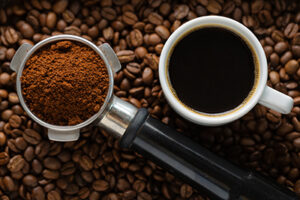
Coffee – The King Of Caffeine
A lot of times, when people think of caffeine, they will think of coffee. Indeed, the two often go hand in hand. However, it may not be the king of caffeine. Contrary to popular belief, it might be tea that’s the king of caffeine.
There are more than 20 different plants in the world that contain caffeine – coffee beans just so happen to be one of them.
Coffee beans contain around 1% caffeine, and several plants contain a higher percentage than coffee does. Tea leaves, for example, contain anywhere from 2 to 4%, while cocoa beans have around 0.002%.
Making Coffee
There are over 30 different ways to make coffee, though some are more popular than others. The average time it takes is about 5 minutes, depending on the method.
Here’s a list of several different ways to make coffee:
- Drip – this is one of the most common and simple methods.
- French Press
- Percolator
- AeroPress (uses air pressure)
- Cold Brew (with or without ice)
- Espresso
Chances are, you have enjoyed at least one coffee drink through one of the above methods. If not, try another way next time you’re at the coffee shop and see how different it is!
Americans Love Their Coffee
Although coffee is a drink enjoyed all around the world, the US is one of the largest consumers.
The average American drinks 3 cups a day, and more than half of those surveyed said they started their day with a cup. To put that into perspective, Americans drink more coffee daily each year than most Europeans drink in an entire year!
The U.S. city that consumes the most coffee is Seattle, Washington. It’s estimated that they drink an average of 14 cups per person, per week. They are closely followed by the city of Portland, Oregon. And it’s no wonder why, not only is a cup of coffee taste, but it’s a great tool to help you wake up and focus on the boring task at hand like picking out insurance, doing your taxes, or staying awake through traffic.
And there you have it, 10 interesting facts about coffee you might not have known! I hope you enjoyed this article and learned a few new things about your favorite drink.


